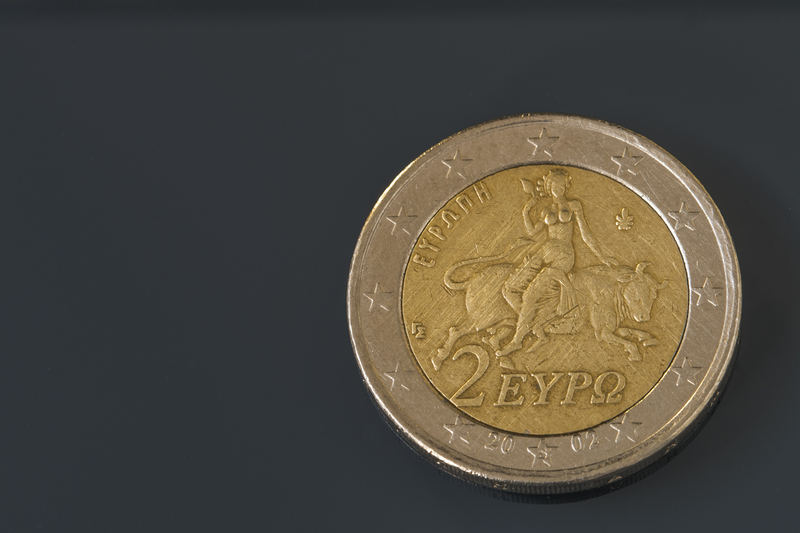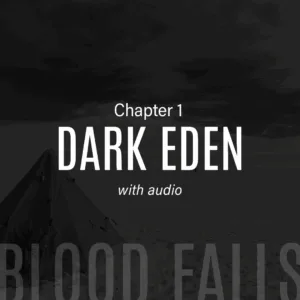Who Are the People of the Prince to Come?
Then after the sixty-two weeks, the Messiah will be cut off and have nothing, and the people of the prince who is to come will destroy the city and the sanctuary.
– Daniel 9:26
The context of the prophecy in Daniel 9 refers to a prince, or ruler, who emerges from the “people” who destroy Jerusalem and the Temple after the Messiah (Jesus Christ) is “cut off” from the people (his death. resurrection, and return to heaven). This leader will make a seven-year covenant with “many.”
Daniel 9:26 must refer to the ravishing of Jerusalem and the Temple Mount by the Roman general Titus in AD 70. The people who destroyed the city and the sanctuary came from the old Roman Empire.
The Prince to Come must rise from the old Roman Empire
The King of Italy, Vittorio Emanuele II, was known as Padre della Patria, the Father of the Fatherland. Built in his honor, the Vittoriano is called the Temple of the Fatherland, or Altare della Patria (literally, the Altar to the Fatherlands). Construction began in 1885, and it was officially inaugurated in 1911. Above the Tomb of the Unknown Soldier stands a statue called the Statue of Goddess Roma.
The temple crowns one of the seven hills of Rome upon which the ancient city was built: Palatine, Capitoline, Quirinal, Viminal, Esquiline, Caelian, and Aventine. The Vittoriano sits upon the Palatine.
Some scholars believe these hills infer Rome’s involvement in Tribulation politics and point to a passage of Scripture in Revelation to validate this theory:
Here is the mind which has wisdom. The seven heads are seven mountains on which the woman sits, and they are seven kings; five have fallen, one is, the other has not yet come; and when he comes, he must remain a little while.
– Revelation 17:9-10
There may be some connection with Rome at the tribulation, but the “mountains” or hills of Revelation 17 refer to seven kingdoms. At the time of John’s vision, five great kingdoms had risen and fallen: Egypt, Assyria, Babylon, Medo-Persia, and Greece. Rome existed at the time, and the kingdom of the Anti-Christ had not yet come.

Europa: Symbol of a Continent
Outside the Council Building in Brussels, a metal statue depicts a girl named Europa riding a bull.
In Greek mythology, Europa was a Phoenician maiden (princess) who caught the eye of the Olympian god Zeus. Zeus decided he would have the young woman for himself and hatched a plan to capture her, while keeping his intentions hidden from his jealous wife. The details of the myth vary slightly from storyteller to storyteller, but the general gist of the plot is that he metamorphosed into a white bull and found Europa as she picked flowers while shepherding her father’s flock in a field (or whiling away the hours with her attendants).
Captivated by his gentleness, she approached him and climbed upon his back. Then he kidnapped her, took her to Crete, and ravished her.
The image of Europe riding the bull is an informal symbol of Europe. The Greeks likely gave the region her name, even producing a coin stamped with the image of Europa and the bull. When the Euro was introducing in 2002, an image of Europe and Zeus was again used. Throughout Europe, the myth—and particularly the image—is interlinked with the culture and people. Statues depicting the pair adorn statues placed at governmental buildings. Scholars argue over the importance of the myth to Europe’s development as a society, lending some credence by the very necessity of its exploration.
Some students of Bible prophecy believe it’s possible Europa and the bull have a symbolic association, as well, with the harlot of the Revelation.
Then one of the seven angels who had the seven bowls came and spoke with me, saying, ‘Come here, I will show you the judgment of the great prostitute who sits on many waters, with whom the kings of the earth committed acts of immorality, and those who dwell on the earth were made drunk with the wine of her immorality.’
And he carried me away in the Spirit into a wilderness; and I saw a woman sitting on a scarlet beast, full of blasphemous names, having seven heads and ten horns. The woman was clothed in purple and scarlet, and adorned with gold and precious stones and pearls, having in her hand a gold cup full of abominations and of the unclean things of her immorality, and on her forehead a name was written, a mystery, ‘BABYLON THE GREAT, THE MOTHER OF HARLOTS AND OF THE ABOMINATIONS OF THE EARTH.’
And I saw the woman drunk with the blood of the saints, and with the blood of the witnesses of Jesus. When I saw her, I wondered greatly. And the angel said to me, ‘Why do you wonder? I will tell you the mystery of the woman and of the beast that carries her, which has the seven heads and the ten horns.’
– Revelation 17:1-7

Who is the Harlot?
Revelation 17 describes the beast she rides as the one who will come to deceive the people of the earth, those whose names are not written in the Book of Life. He is the hill (kingdom) yet to come arising from the Roman Empire. John MacArthur notes it was common for Roman prostitutes to wear headbands bearing their names.
This woman of scarlet is commonly thought to represent the false religions of the world who wield power over their worshipers. This is mystery Babylon, whose roots lie in Babel and the world’s efforts to reach heaven without God.
The Anti-Christ, or beast, will carry her with him into power. Eventually, however, he will turn on her, demanding all worship for himself.
Some believe the harlot to be the Vatican. But she more likely represents the entirety of religious systems existing outside the Lordship of Jesus Christ.
A Melding of Religions
Representatives of the three major religions—Judaism, Islam, and Christianity—have conceived the vision for one house of worship in which members of all three religions can meet. Rabbi Andreas Nachama, Imam Kadir Sanci, and Father Gregor Hohberg began the discussion over a decade ago and now have begun work on the center. The charter for House of One was signed October 11, 2011. Plans call for a multi-level archeological center and will house a synagogue, mosque, and church under one roof.
Construction will be at the site of the foundation of the ancient 13th century Petrikirche at Pletiplatz in Berlin-Colln, Germany. The Petrikirche had the highest tower in Berlin before it was torn down by the East German communist government in 1964. Archaeological digs there have also discovered the burials of 3,000 people and the ruins of other churches.
The cornerstone for the House of One was set on May 27, 2021.
Abrahamic Family House
Saadiyat Island in Abu Dhabi, United Arab Emirates, is the site of a complex housing the St. Francis Church, Imam Al-Tayeb Mosque, and Moses Ben Maimon Synagogue. Touted as a pioneering interfaith project in the Arab world, the complex opened March 1, 2023.

Greek Coin: 83381757 © Andrej Safaric | Dreamstime.com
Abrahamic Family House: 274733805 | Abrahamic Family House © Wirestock| Dreamstime.com
Coming next week: In His Own Name
























Leave a Reply